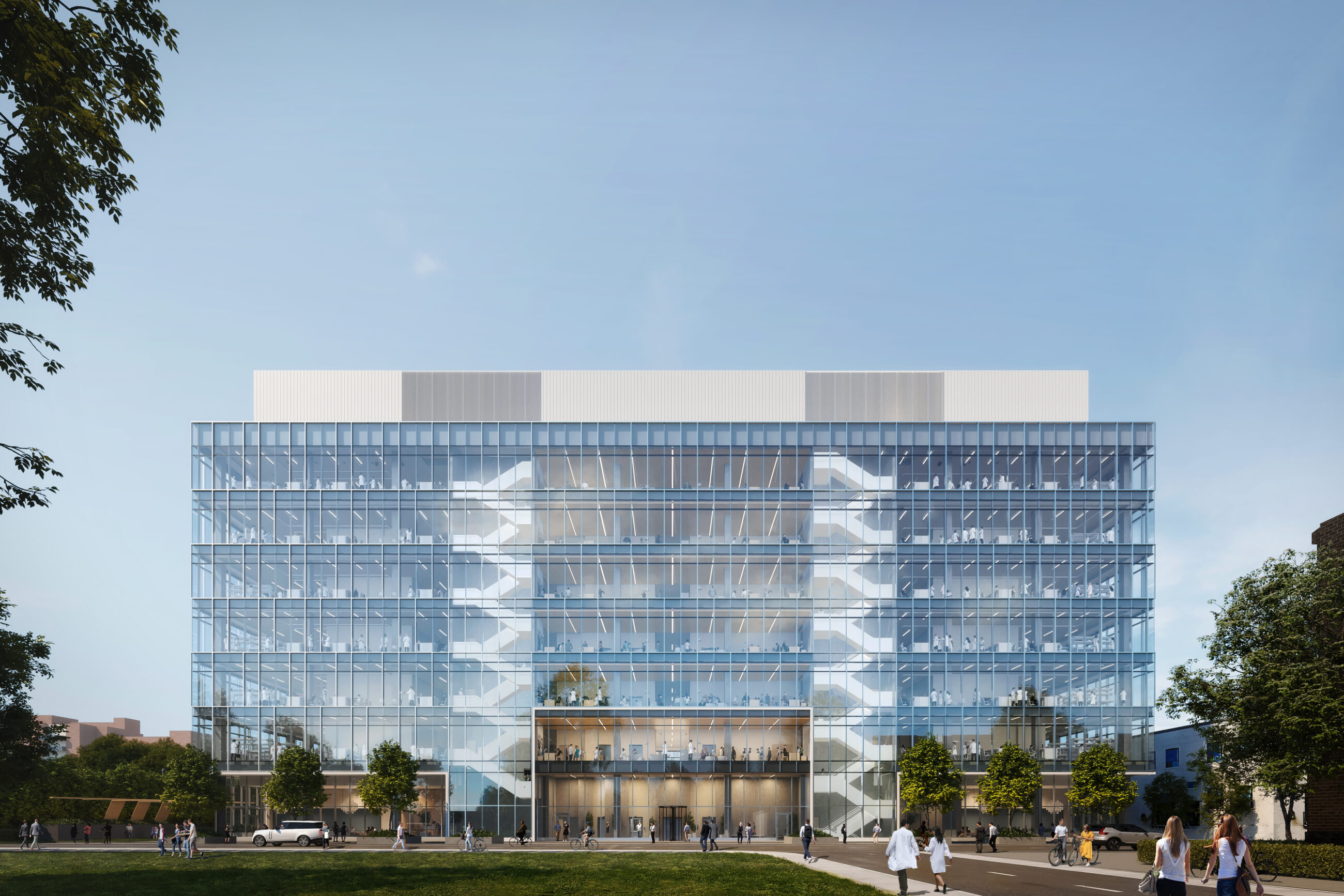DIALOG’s Jay Levine, Partner and Architect, along with Cary Solomon, Managing Partner, Seeker Labs, will present a session titled “Addressing the ‘Missing Middle’ within Canada’s Science and Research Ecosystem” on Wednesday, November 20, 2024, at the annual Sustainable Labs Canada Conference in Hamilton, ON.
Addressing the ‘Missing Middle’ within Canada’s Science and Research Ecosystem
The session’s objective is to explore the role of real estate, design planning, and implementation strategies to address the “missing middle” within the Canadian Life Science Research Ecosystem. Jay Levine and Cary Solomon aim to identify solutions that can bridge the gap between early-stage scientific discovery and commercialization. By focusing on the development of adaptable, sustainable laboratory spaces, the presentation will propose innovative approaches that support the growth of the science and innovation sector, facilitating the transition from research to commercial scale while retaining talent and IP in the Canadian Ecosystem.
The Catalyst life sciences building at 77 Wade Avenue in Toronto is the first purpose-built facility for life sciences in over 20 years, setting a new standard for addressing the “missing middle.” The project and tenant fit out framework offers biotech companies more pathways to scale up, enhancing Canada’s capacity to bring new therapies and medications to market.
About Sustainable Labs Canada (SLCan)
Sustainable Labs Canada is a volunteer organization of Canadians interested in ensuring that sustainable labs in communities. Members of SLCan are from the public and private sectors with representation from: academic, hospital and national labs; facility representatives; sustainability experts; design teams; and product specialists.
Their interests lie in collaborating, sharing knowledge and expertise on everything from new technologies to planning principles, and operational solutions that will make laboratories some of the most sustainable environments possible. SLCan addresses topics such as: air management; design principles; use of hazardous materials; funding challenges; environmental impact; and the use of green technologies.
